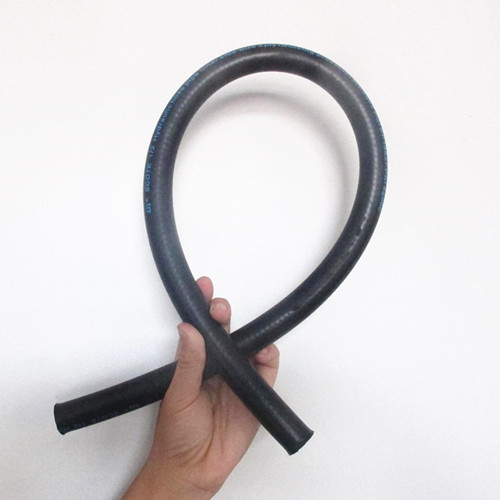335345435
Nov . 12, 2024 19:03 Back to list
fuel hose
Understanding Fuel Hoses A Vital Component in Automotive Fuel Systems
Fuel hoses play a critical role in automotive fuel systems, acting as the lifeline that transports gasoline, diesel, or biofuels from the fuel tank to the engine. Despite their often-overlooked presence, these hoses are integral to the operation and efficiency of vehicles. Understanding the various aspects of fuel hoses can enhance vehicle maintenance practices and improve overall safety.
What are Fuel Hoses?
Fuel hoses are flexible tubes made from various materials, designed to withstand the extreme conditions present in automotive applications. Typically, they are constructed from reinforced rubber or thermoplastic elastomers, which provide durability and resilience against petroleum products. The design of these hoses allows for the necessary flexibility to accommodate engine vibrations and movements while maintaining a leak-proof connection.
Types of Fuel Hoses
There are several types of fuel hoses used in vehicles, each serving different functions
1. Delivery Hoses These hoses are responsible for transporting fuel from the tank to the engine. They must withstand high pressure and be resistant to the corrosive effects of fuel.
2. Return Hoses In fuel systems that recycle excess fuel, return hoses channel fuel back to the tank. Like delivery hoses, they require high resistance to temperature and pressure.
fuel hose

3. Vapor Hoses These hoses manage vaporized fuel emissions that can occur in the fuel system, ensuring that these emissions are returned to the tank instead of being released into the atmosphere. This type of hose helps in reducing harmful emissions and adhering to environmental regulations.
Importance of Quality and Standards
The quality of fuel hoses is paramount for vehicle safety. Lower-grade hoses can degrade over time, leading to leaks that may cause fires or environmental hazards. Therefore, it is crucial for vehicle owners to choose hoses that meet industry standards, including those set by organizations such as the Society of Automotive Engineers (SAE). High-quality hoses are often tested for pressure, temperature resistance, and compatibility with various types of fuel, ensuring they can perform efficiently under demanding conditions.
Maintenance and Replacement
Regular inspection and maintenance of fuel hoses can prevent potential issues. Owners should look for signs of wear, such as cracks, swelling, or leaks. A good practice is to replace fuel hoses every few years, depending on usage and manufacturer recommendations. Professional mechanics often emphasize the importance of using OEM (original equipment manufacturer) parts for replacements to ensure compatibility and safety.
Conclusion
In summary, fuel hoses are not just simple tubes; they are essential components of a vehicle's fuel system, contributing to both performance and safety. Understanding their functions, types, and maintenance needs can help vehicle owners ensure that their cars operate reliably and efficiently. By investing in quality fuel hoses and adhering to maintenance schedules, drivers can enjoy a safer and more enjoyable driving experience. With the increasing focus on environmental standards, the evolution of fuel hose technology also holds great promise for future advancements in fuel efficiency and emissions reduction.
-
SAE 100 R17 Black Smooth Cover Hydraulic Hose
NewsMar.07,2025
-
SAE 100 R17 Black Smooth Cover Hydraulic Hose
NewsMar.07,2025
-
SAE 100 R17 Black Smooth Cover Hydraulic Hose
NewsMar.07,2025
-
SAE 100 R17 Black Smooth Cover Hydraulic Hose
NewsMar.07,2025
-
SAE 100 R17 Black Smooth Cover Hydraulic Hose
NewsMar.07,2025
-
steel wire braided hydraulic hose
NewsMar.07,2025



